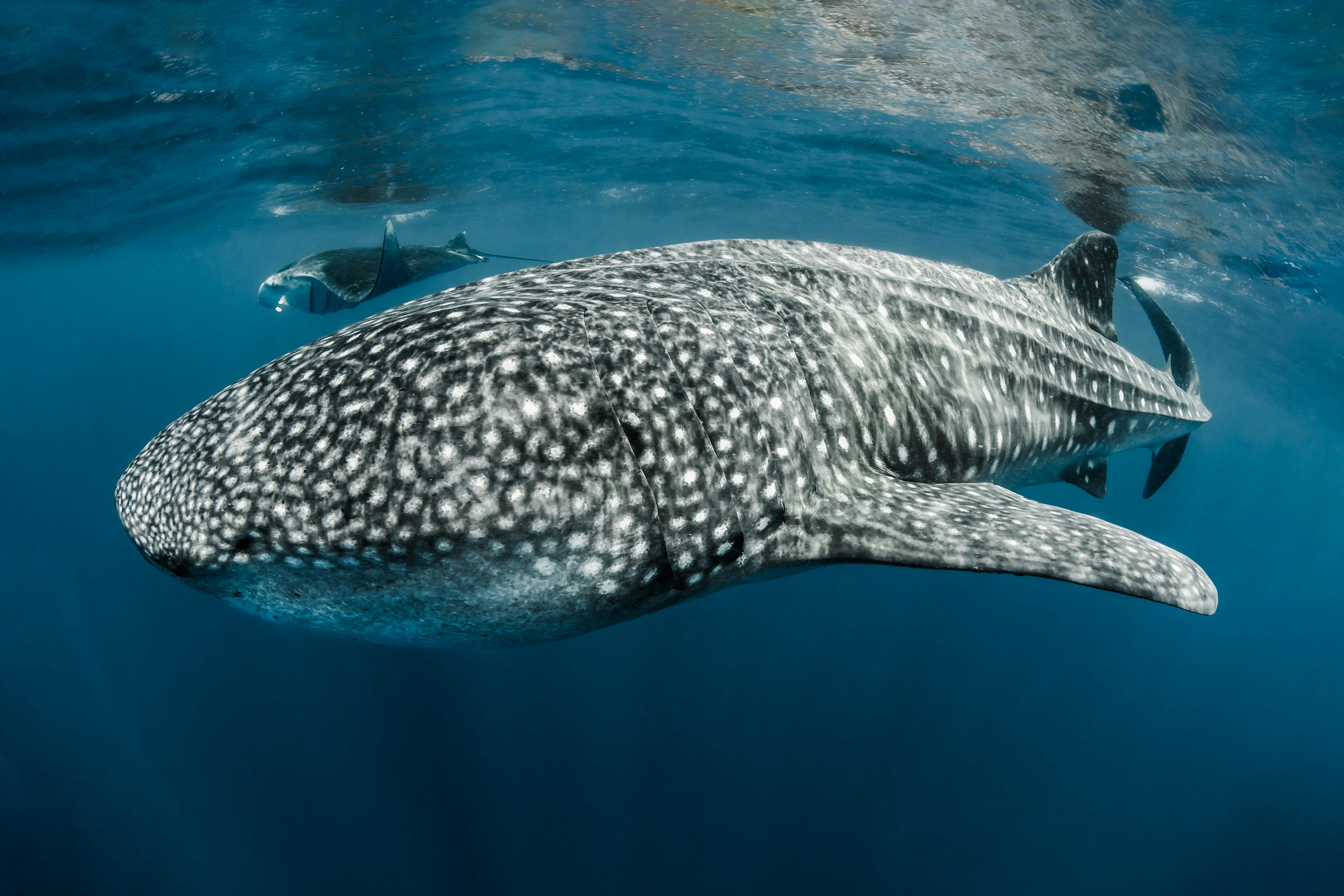Mountains, canyons, plains — these geological features are not only present on land, but also under the sea, where scientists have now charted them in incredible detail in the ocean surrounding Antarctica. The five-year project mapped 18.5 million square miles, and even revealed a new deepest point in the Southern Ocean, a depression lying 7,432 meters (24,383 feet) below sea level called the Factorian Deep. This study and others like it around the world are filling major scientific gaps in our understanding of what the ocean floor looks like, a key part of knowing how to foster ocean health. More mapping also enables us to make an even stronger science-backed case for marine protected areas. If you want to turn this positive progress into action, you can join us today as we call on world leaders to protect Antarctica and secure the largest act of ocean protection in history. We’re close to reaching our goal of 250,000 petition signatures!
This November, world leaders will decide whether to give these iconic species the highest level of protection under CITES — and we need your voice to make it happen.
Whale sharks, oceanic whitetip sharks, and manta and devil rays — some of our planet’s most iconic species and pillars of conservation — are vanishing. Over the past few decades alone, shark and ray populations have declined at an alarming rate. Whale shark numbers have dropped by more than 50%. Oceanic whitetip sharks have declined by 80–90% and are now critically endangered, while manta and devil ray populations have plummeted by as much as 99% in some regions.
The biggest culprit for their decline is the unsustainable international trade of their fins and gill plates, exacerbated by climate change–fueled habitat loss and ecosystem destruction.





















